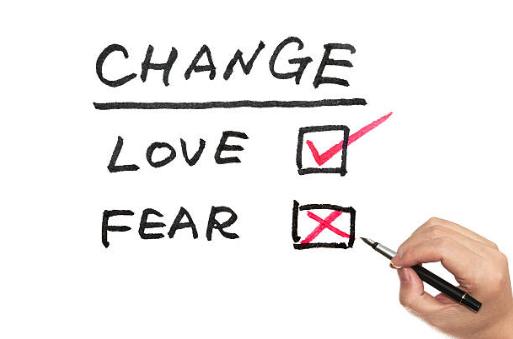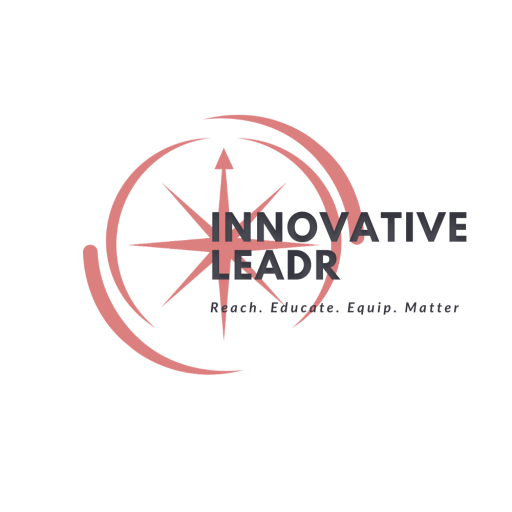
Mar 26, 2017 | Leadership, Mindset, Uncategorized
Changing Educational Programs and Curriculum – Educators, Teachers, Schools
As educators, we often like to do what we’re comfortable with and what we’ve done in the past. We often moan and groan when the new educational program or new school curriculum comes around or when we’re asked to incorporate new instructional techniques. But why? We expect our doctor to utilize the most current up-to-date medical practices. We wouldn’t go to a doctor to treat us for cancer if they still used the same techniques as they did 20 years ago. We wouldn’t go to a doctor who used the same techniques as they did even 5 years ago. We want the best most up-to-date procedures. Shouldn’t we do the same for our students in the classroom?
Why is change such a four letter word when it comes to education and educators? I had the privilege of hearing Dan Heath, one of the authors of the book Switch: How to Change Things When Change is Hard, a few years back. It’s a good read and talks about how to approach change in any situation. Now I’m not going to give his secrets in the book away but his presentation did get me thinking about how differently we look at change in other parts of our lives. And in some cases, we even embrace and invite change into our lives.
He talked about people getting married and guess what. . .they are all smiling. These people are getting ready to undergo one of the biggest changes in their lives and they are happy about it. They are spending thousands of dollars and a whole year planning for it. They invited change into their lives. Now, I have to admit that some people have these same expressions when they get to the other end of marriage and celebrate a divorce, but either way it’s a huge change in how they’ve lived their lives before and they are willfully walking into a whole new world and they’re excited about it. Granted, these folks getting married generally had at least a little control over the situation. Maybe that was why they were looking so happy.
Could we really be happy and accepting of change if t just kind of happened to us and we really didn’t have control over it? Think about fashion styles and hair styles. They’ve changed numerous times through the years. And, looking at these pictures from the past aren’t we ALL glad they did? We had no real control over those changes and I guess if you still want the Camaro hair and the high waist polyester bell bottoms you could still find them. Maybe. Somewhere. But, do you really want to go for that look and stand out in that way? Or would you rather be the trendsetter in today’s fashion and today’s world?
As educators, we’ve got to stop thinking of change as a dirty, four letter word. We’ve got to start seeing change as an improvement to what we know and what we’ve done in the past. Otherwise, we’re stuck with that hair and those pants. . . It’s time to let it go

Jan 12, 2017 | Leadership
School Leadership – School Instructional Programs, Curriculum & Initiatives
How often as leaders of an organization do we implement a new instructional program, new curriculum or new initiative only to see it fail after only a short time? It’s often easy to look around and point to reasons why:
1) Teachers didn’t have the enough resources or proper training
2) Teachers didn’t have enough time
3) Teachers have too much on their plates
4) The technology wasn’t reliable, etc.
As leaders of our organization, do we ever look in the mirror for any of the reasons? How often do we reflect on what we as leaders did or didn’t do to make sure that the implementation was a success? There are 3 simple steps that leaders can take to help ensure higher levels of implementation.
1) Be present during the training
2) Clearly communicate the timeline and expectations
3) Follow up and provide coaching and feedback as needed
To ensure a higher probability of a successful implementation, organization leaders need to be at the table all along the way. I’m all for cross functional teams that include representation from all areas when deciding the direction, but how often is top leadership at the table beyond that point? As leaders, we need to be a part of the training so that we can be aware of what the expectations are for staff. Not only do we need to be present, but we need to be present and aware. . .not checked into email and all of the other pulls on our time. If we expect our teachers and those who are implementing to give it 100%, then we need to do the same. We’ve all heard the saying that you have to “inspect what you expect.” If you’re not at the table when those expectations are being shared, how do YOU know what you need to inspect?
Often, we implement a new initiative, but we haven’t clearly communicated what we expect by when. A clearly communicated implementation timeline should be developed prior to the initial training and implementation so that all parties know what to expect and by when. The document should be revisited by the implementation team along the way and adjustments made as needed based on feedback and data from the roll out through full implementation. Leadership should build in process checks along the way to determine if things are progressing as planned or if teachers need more support to meet the expectations defined.
The third step that can be taken to help ensure a more successful implementation is for leadership to provide on-going feedback throughout the process. Teachers and staff need to know if they’re meeting the targets set out in the implementation timeline. If not, they need feedback, coaching and support to help them get back on track. It’s also a valuable time to get feedback from teachers on what’s working well and what areas they may need more support as a whole group. This allows leadership to tweak the timeline and expectations if needed based on the data to support.
At the end of the day, any successful implementation takes leadership presence. Presence during the training so that teachers see the importance. Presence to know what the expectations are for accountability of implementation. And, presence to know what is actually working and not working during the implementation.


